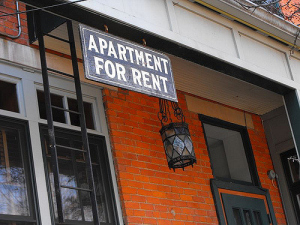
Apartment for Rent, courtesy of cincy Project, CC BY 2.0.
The housing market had a strong year last year, as buyers returned in large numbers to push prices up. Low inventory did slow the market a bit, but overall, the real estate industry appeared to have recovered from the economic downturn that hit the country in December 2007. However, the residential rent market has tightened. The U.S. rental vacancy rate averaged 7.1% in the first three quarters of 2015, the lowest point recorded in 30 years. With low vacancy rates, rents have increased.
The Housing Crash Caused More People to Rent
When the housing crash hit and foreclosures skyrocketed, many people were forced to leave their houses and instead live in rental properties. The sudden increase in renters pushed rental prices higher at the start of the downturn.
The number of renters steadily increased in the past 10 years, with growth in every age group. A study by the Joint Center for Housing Studies at Harvard University examined rental housing trends and found that when the housing market crashed, rental numbers surged, and they have continued to rise.
Housing Prices Are Increasing Faster Than Rents
In 2015 the unemployment rate dropped to just 5%, what economists consider to be full employment. The job market saw strong growth last year, with many months eclipsing analysts’ predictions. All of this good news meant a combination of new buyers entering the housing market and some existing owners looking to upgrade to a larger home. Others chose to hold off on buying a home and instead chose to rent.
Despite the surge in home sales, housing prices are likely to continue to rise this year. While the housing market is booming, there is a shortage of available houses. The number of households in the United States grew by 1.5 million last year, but the housing stock only increased by 1.1 million units. Prices will rise as long as demand outpaces supply. Rents may be rising faster than wages, but home prices are expected to increase more quickly than rental prices.
In Hot Markets, Renting May Be a Better Deal Than Buying
Rising demand in the rental market has continued to push rental prices higher. Residential rental prices increased so much in recent years that in many areas, buying a home was more affordable than renting. RealtyTrac analyzed data from 504 counties in December 2015 and found that in 58% of the counties analyzed, renting is expected to be a better deal than buying a home this year.
Rental Price Increases Are Slowing
There is some good news for renters. A boost in rental property construction should help to ease prices as more inventory reaches the market. Washington D.C. approved permits for a record number of new housing units last year. The nearly 5,000 new units is the largest number permitted in the 35 years of data collected. As those new units open, the pace of rental price increases should slow. Nationally, more than 306,000 multifamily buildings were completed last year. That’s a 20% jump from 2014, and the most new units completed in a single year since 1989. According to Zillow, the median rent has remained at $1,381 since August after months of big gains.
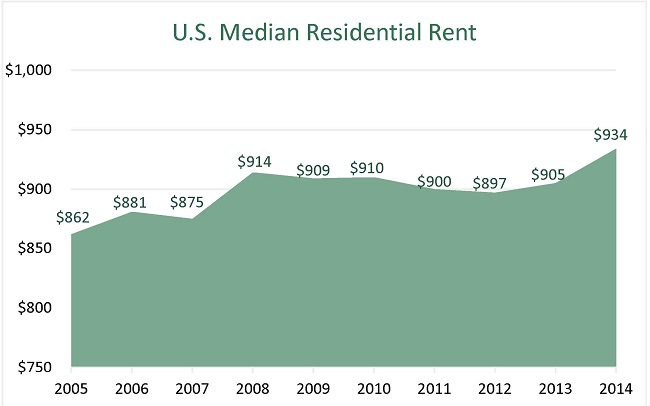
Data from http://www.deptofnumbers.com/rent/us/ and http://www.jchs.harvard.edu.
Cities such as Manhattan and San Francisco have seen big jumps in rental prices in recent years, but the increases have been slowing, and in some markets, rents are even falling a bit. In December 2015 in San Francisco, one-bedroom apartments had a median rent of $3,490 a month, down from a high of $3,670 in October 2015. The median two-bedroom apartment was setting renters back $4,630 per month. In January 2016, Manhattanites were paying a median rent of $3,350 a month; median rent for one-bedroom apartments was $3,375.
In some of these expensive markets, landlords are seeing an increase in the vacancy rates as potential renters look for cheaper apartments that may be farther away. Landlords are offering a variety of bonuses for renters—everything from a free month’s rent to gift cards of up to $500.
Overall, the housing rental market is still booming. The increased demand for rental housing that started after the housing crash is not going to go away any time soon, thanks to the tight housing supply and population growth. However, if new home construction can start to outpace the demand, the rental vacancy rates may start to increase, bringing more price relief to renters.
How do you see the rental market faring in 2016? Let us know in the comments.

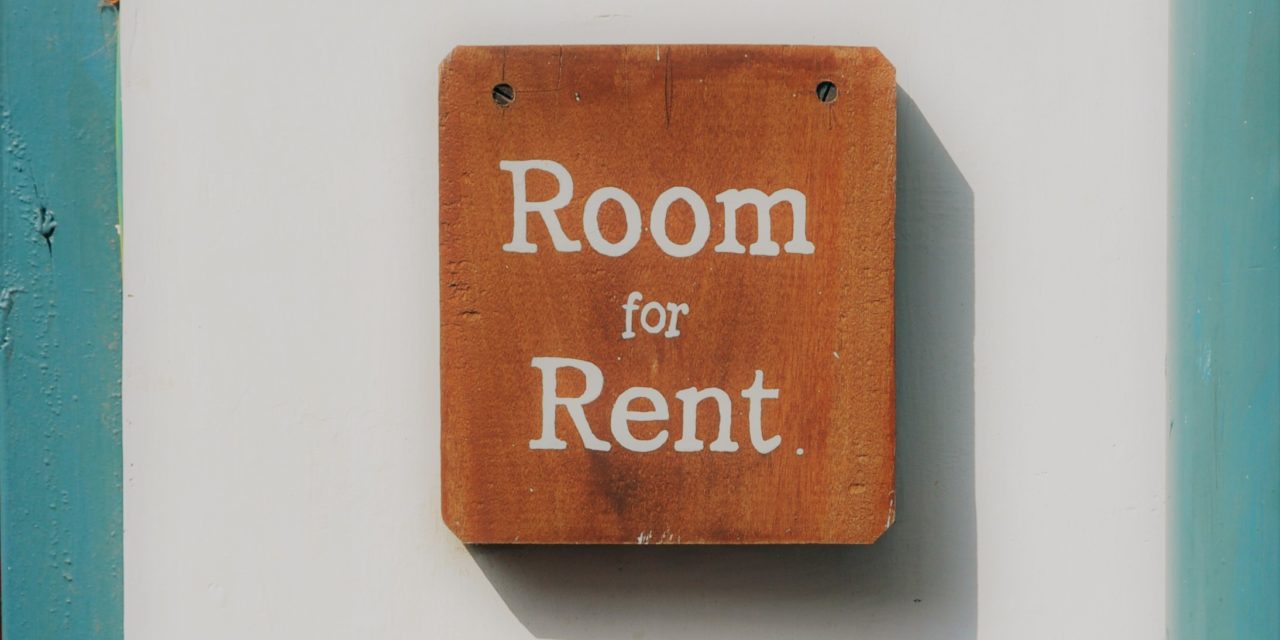
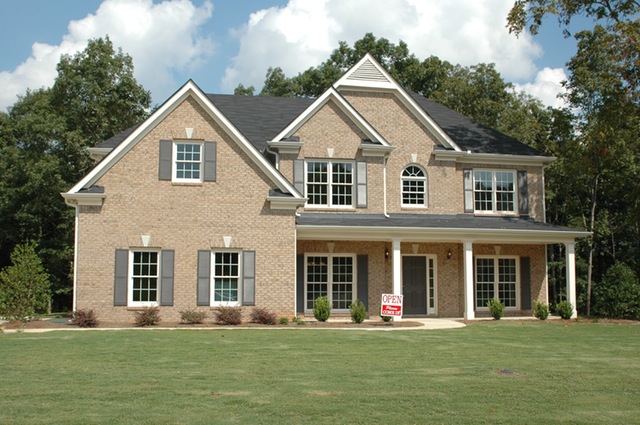

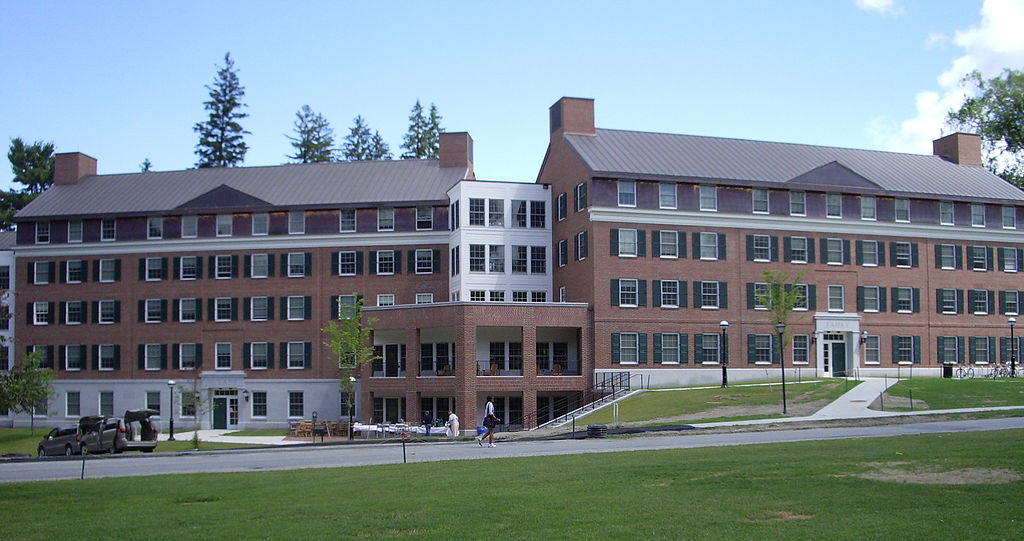

Recent Comments